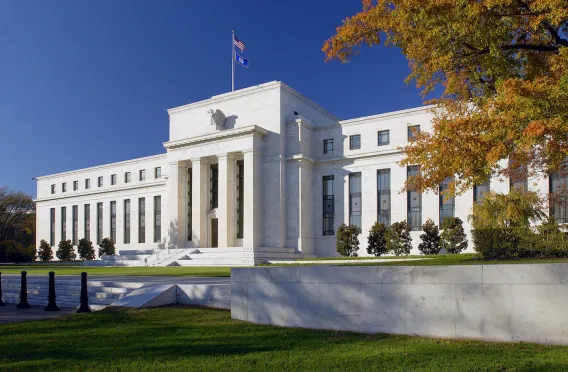- | Monetary Policy Monetary Policy
- | Working Papers Working Papers
- |
Rules vs. Discretion Revisited: A Proposal to Make the Strategy of Monetary Policy Transparent

The Federal Reserve System operates under a “dual mandate” from Congress to provide for both stability in prices and maximum employment. In the past, despite the Federal Reserve’s independence to carry out this mandate, monetary policy has at times exercised a destabilizing rather than a stabilizing influence on the economy.
In Rules vs. Discretion Revisited: A Proposal to Make the Strategy of Monetary Policy Transparent, Robert L. Hetzel argues that the Federal Open Market Committee (FOMC) should articulate a consistent strategy for achieving its objectives. Articulation of such a strategy would facilitate learning about what rules can consistently work to stabilize the economy.
Advantages of a Rule-Based Strategy
- A consistent, rule-based approach to policy would allow the FOMC to better shape market expectations about its future behavior in a way that stabilizes the economy.
- This outcome requires that rules be changed only after extensive discussion and that the current forecasting exercise, based on forecasts made by individual FOMC participants and displayed in the Summary of Economic Projections (SEP), be replaced by an FOMC SEP—that is, a forecasting exercise that represents an FOMC consensus.
Consequences of a Non-Rule-Based Strategy
- During the last months of 2018, the absence of an explicit monetary-policy rule led to market turmoil. The economy appeared to be performing well, and economists were predicting continued growth. Yet the stock market fell sharply. The FOMC’s failure to communicate in terms of a rule caused monetary policy to become a destabilizing force. Markets based their expectation of future policy on FOMC behavior that in the past had led to recessions.
- In the end, the FOMC managed to calm markets with assurances about future policy. However, the response to the market turmoil was ad hoc and did not lend itself to wider application. It would have been better to have had an explicit monetary strategy, a rule, in place to shape the expectations of the market.

